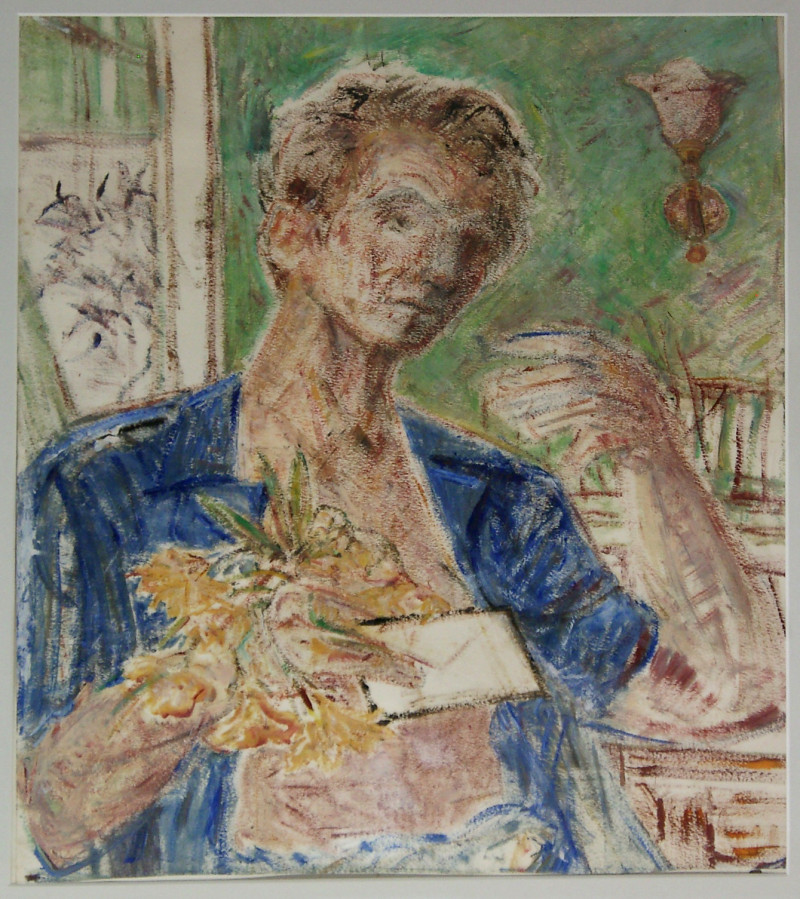Traugott Fuchs (1906-1997) had studied under the Romanist Leo Spitzer in Cologne. When Spitzer was dismissed after the Nazi seizure of power, Fuchs began a protest in solidarity out of political conviction, making himself a target. In 1934, Fuchs followed his teacher into exile in Istanbul. There he taught French, German, and German language and literary history at the School of Foreign Languages, the Faculty of Philosophy at the University of Istanbul, and at the American Robert College (from 1971 Boğaziçi University), among other places, and worked for Spitzer and later for the novelist Erich Auerbach. In addition to his academic activities, which lasted until 1978, Fuchs was unceasingly active artistically and as a writer. He wrote poems and elegies, translated Turkish literature into German, painted and drew.
Unlike many other German exiles, Fuchs chose to remain in Istanbul until his death. Even though he maintained intensive contacts with some of the exiled intellectuals and was involved in their networks, he did not limit himself to this social environment. He sought closeness to the Turkish population, learned Turkish, and dealt intensively with Turkish history, culture, and politics. His artistic and literary work is testimony to this engagement and to the close and warm view Fuchs had of his exile, which became his home. In portraits, landscape and city views, still lifes and everyday scenes, Fuchs’ view of Turkey unfolds over decades. In addition to Istanbul, he also depicted other cities and landscapes, including the small Anatolian town of Çorum, where he, like many other German exiles, was interned for 13 months beginning in 1944.
This is a selection of drawings that Fuchs painted in Istanbul over the years.
All pictures from the estate of Traugott Fuchs were made available by kind permission of Hermann Fuchs.
















